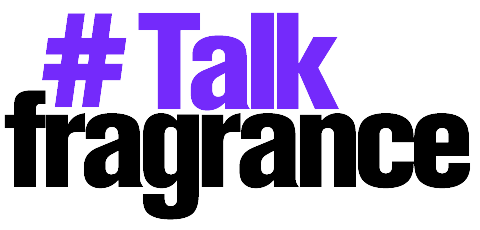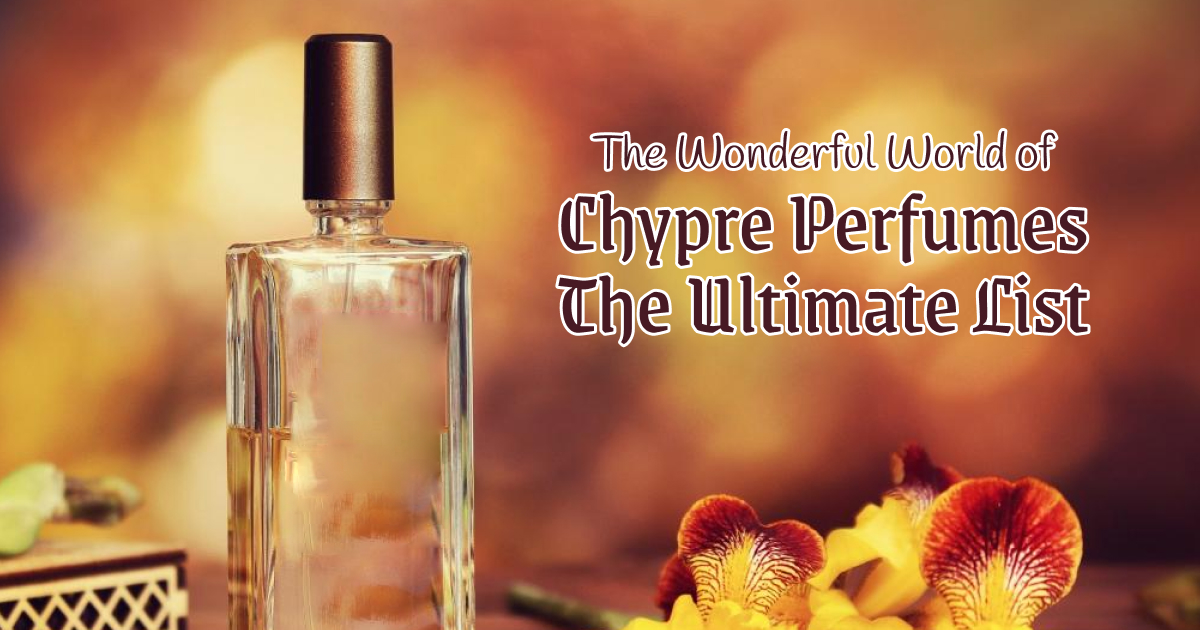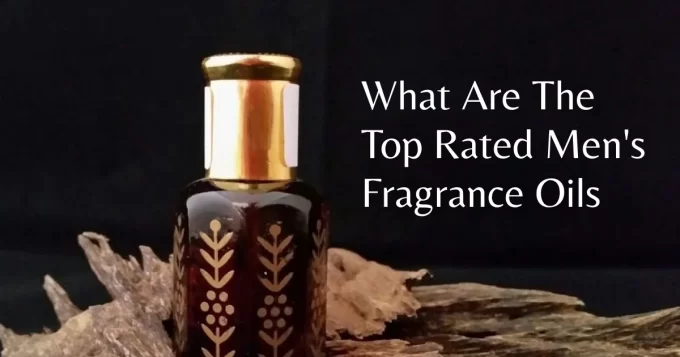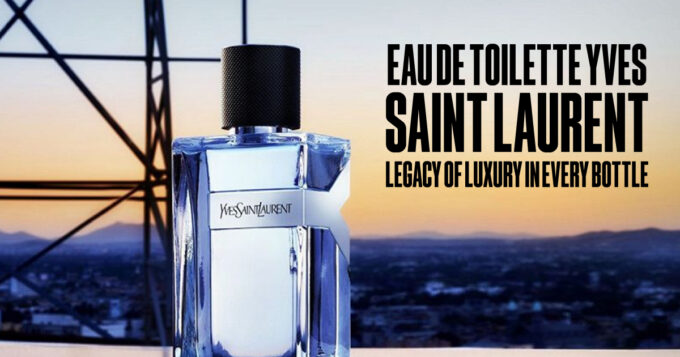The Wonderful World of Chypre Perfumes: The Ultimate List
Chypre perfumes are among the most popular and the oldest fragrance families in the perfumery world. These fragrances are distinguished by complexity, richness, and a sophisticated structure, transporting subtle, timeless elegance.
It is due to the origins of the “Chypre” term by the French word for Cyprus because it was from this land that perfumers traditionally acquired oakmoss and labdanum. From its very inception, the chypre fragrance family evolved into a rich combination of fresh woody and mossy elements, which becomes a perfect balance for someone looking for finer, mysterious fragrances.
Let’s dig into the world of chypre perfumes by history, essential notes defining this family, and a curated list of the best chypre fragrances available for today.
What is a Chypre Perfume?
The composition of chypre perfumes usually consists of a triad of head notes: citrus up top, woody and mossy notes in the base, and floral or fruity accents in the middle. Floral chypre perfumes traditionally feature a classic chypre scent based on oakmoss, labdanum—a resin—and patchouli, but the majority of chypre compositions include the bergamot or lemon note for the top citrus impression.
The contrast of the ingredients sets off one another because a chypre can be warm or cool, fresh or earthy, making it applicable for many different functions and personalities. Over time, the chypre family grew into floral, fruity, and oriental varieties that further enriched the depth and allure of chypre.
Key Characteristics of Chypre Perfumes
Opening to Citrus Chypre perfumes are often fresh opening, usually citrus-based, with a bright, lively note immediately given by bergamot or lemon, for example .
Floral or Fruity Heart: The heart of chypre fragrance is generally floral-a rose, jasmine, or ylang-ylang-and can be fruity (for example, peach or apricot), which provides further depth to the perfume.
Base woody: The base of the chypre family of perfumes is set by deep, rich oakmoss, labdanum, patchouli, and vetiver. Those earthy notes assure longevity and allow a perfumer to add depth to a scent for a mature, sophisticated finish.
History of Chypre Perfumes
It was Coty’s perfection, then, that really made the chypre a category in perfumery for all to emulate or even challenge. His Chypre, now status symbol par excellence, spurred competition, pushed the gauntlet higher, and provoked an increasing catalog of variation: floral chypres, fruity chypres, oriental chypres, and other such offerings.
Chypre Perfumes – A niche list
Let us take a look at some of the best chypre fragrances in their many forms. Whether you are new to the realms of chypre or just adding to your collection, this list will guide you through some of the best fragrances available today.
1. Chypre de Coty by Coty
Year: 1917
Notes: Bergamot, oakmoss, labdanum, patchouli
Why It’s Special: Being the first chypre scent ever, Chypre de Coty remains a classic beauty and the one by which all others are measured.
2. Miss Dior Originale by Christian Dior
Year: 1947
Notes: Galbanum, jasmine, oakmoss, patchouli
Why It’s Iconic: A true classic in every sense, Miss Dior Originale personifies the class and sophistication of the post-war.
3. Mitsouko Guerlain
Year: 1919
Notes: Bergamot, peach, oakmoss, vetiver
Why It’s Iconic: Most perfume connoisseurs describe Mitsouko as one of the greatest perfumes of all time. It’s a wonderful blend of fruit and chypre notes, with peach heart notes imbuing the fragrance with sensual heat. And the mossy base richly underscores the mystery.
4. Aromatics Elixir by Clinique
Year: 1971
Notes: Chamomile, rose, oakmoss, patchouli
Why It’s Great: Aromatics Elixir isn’t for weak people-a fiery, strong smell that lets nothing get by. This herbal, floral chypre is the long-term favorite of many perfume lovers.
5. Paloma Picasso by Paloma Picasso
Year: 1984
Notes: Bergamot, rose, oakmoss, civet
Why It’s Great: Chypre as a luxury perfume. Thick, sexy oakmoss and civet serve a strong character.
6. Chypre 21 by Heeley
Release Year: 2018
Why It’s Iconic: A new take on the chypre, Chypre 21 makes this vision fresh and elegant. The rose heart note adds depth with the richness of the floral nuance, and oakmoss will as always give the perfume a timeless touch.
7. La Panthère by Cartier
Year: 2014
Notes: Gardenia, oakmoss, musk, patchouli
Why It’s Different: La Panthère is one of the first sophisticated, dare-to-be-different fragrances that blended gardenia to iris with oakmoss for its rich earthiness. Modern chypre and sensual enough for evening wear.
8. N°19 by Chanel
Year: 1970
Notes: Galbanum, iris, oakmoss, leather
What Makes it Special: N°19 is a green floral chypre that exudes fresh, sophisticated classiness. The sharpness of the galbanum combined with the powdery iris of this fragrance makes it so refreshing and complex at the same time.
9. Chanel’s Coromandel
Year: 2007
Notes: Patchouli, amber, frankincense, benzoin
What Makes it Special: A more oriental take on the chypre family, Coromandel is rich, opulent, heavy with patchouli, and sweet over benzoin. It’s warm, spicy, and decadently alluring.
10. Knowing by Estée Lauder
Year: 1988
Notes: Rose, patchouli, oakmoss, sandalwood
Why It’s Special: It is a rich and luxurious floral chypre. Knowing has lots of confidence and boldness. The fragrance is both elegant and powerful due to the balance between a deep, earthy base and the floral heart.
Conclusion
These perfumes, chypre, offer one world of complexity and depth within timeless elegance. Whether your heart is drawn to the floral, fruity, or oriental variations of the chypre family, there surely has to be something there for every perfume enthusiast. From the classic perfumes Mitsouko and Chypre de Coty to the modern creations Chypre 21 and La Panthère, these fragrances are perfect for everyone seeking that breath of sophistication and individuality in their scent.














Comments are closed.